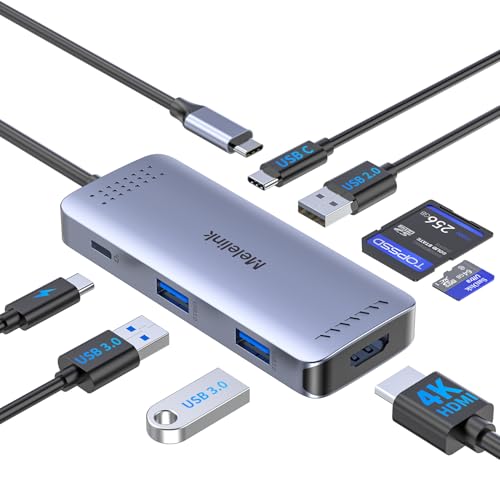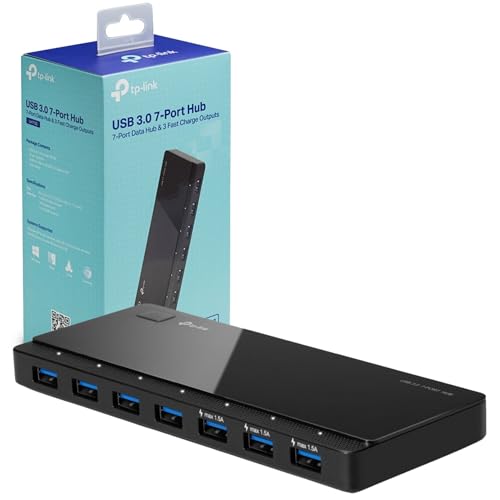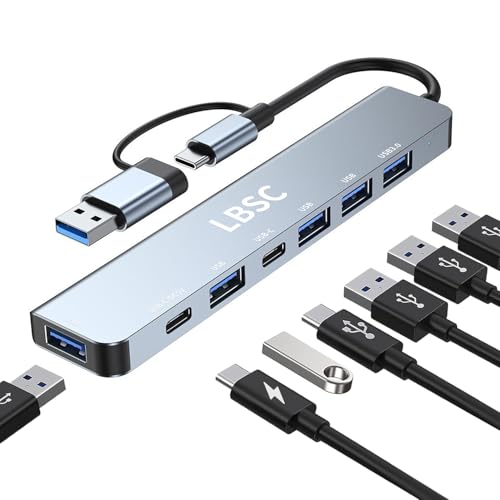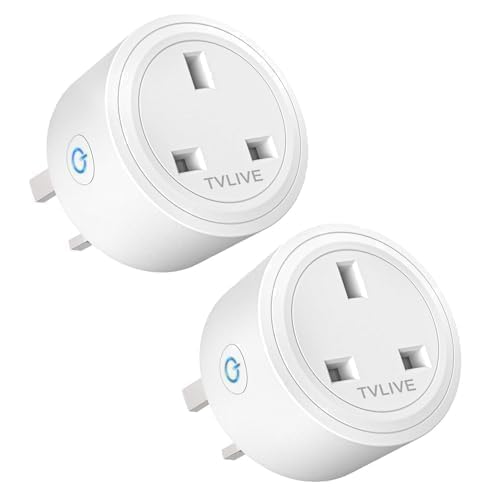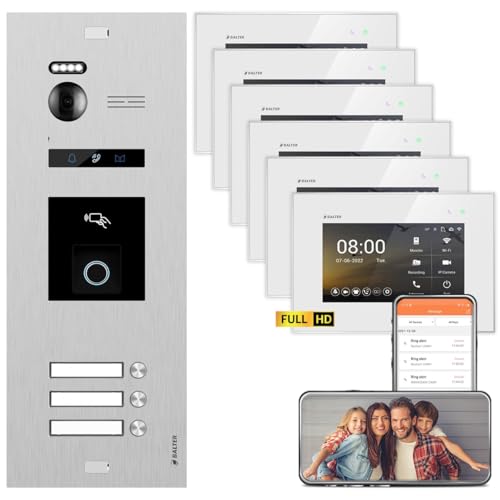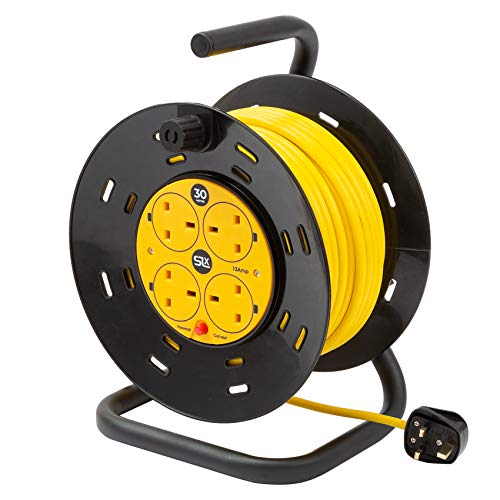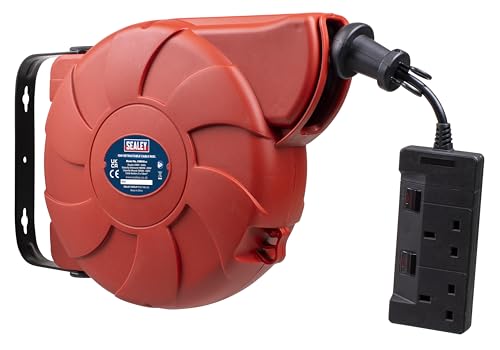Understanding the Basics of USB Hubs: What They Are and How They Work
What is a USB Hub?
A USB hub is a device that expands a single USB port into several, allowing you to connect multiple USB devices simultaneously. Imagine your computer’s USB connectivity like a busy train station: the main line is your computer’s USB port, and the hub is like adding several tracks where different trains, or devices, can connect and operate without clogging up the main line.
How Do USB Hubs Function?
USB hubs work by acting as a bridge between your computer and multiple devices. When you plug a USB hub into your computer, it gets power from that single port and then distributes it to the devices you connect to the hub. Each port on the hub can be used for different devices, such as keyboards, mice, external drives, and printers, streamlining your workspace by reducing clutter.
Choosing the Right USB Hub for Your Needs: Port Types and Speed Considerations
Understanding Port Types
USB hubs come with various port types, including USB-A, USB-C, and even older versions like USB-B. If you primarily use modern devices, look for a hub that includes USB-C ports, as many laptops and devices have transitioned to this standard. However, if you still use older peripherals, ensure the hub has USB-A ports as well.
Considering Data Transfer Speeds
Data transfer speed is crucial depending on what you will connect to the hub. USB 2.0 hubs offer speeds up to 480 Mbps, which is sufficient for basic devices like mice or keyboards. However, for external hard drives or high-resolution webcams, we recommend choosing a USB 3.0 or 3.1 hub, which can reach speeds of up to 5 Gbps or 10 Gbps, respectively. This means you can transfer large files much more quickly, making your work more efficient.
Top Features to Look For in a USB Hub: Power Delivery, Design, and Expandability
Power Delivery (PD) Support
For those who use laptops or other devices that require charging, look for hubs that support Power Delivery. This feature allows the hub to provide power to your devices while also enabling data transfer, so you can charge your laptop without needing to plug it into a wall outlet separately. This is especially convenient for on-the-go professionals looking to streamline their workspace.
Design and Port Layout
The design of a USB hub can impact its functionality. Choose a hub with a sturdy build and a design that allows for adequate airflow, preventing devices from overheating. Also, consider the layout of the ports – a hub with well-spaced ports can accommodate larger USB devices without blocking neighbouring connections.
Expandability Options
If you foresee needing more ports in the future, opt for a hub that allows for expandability. Some hubs come with additional connections like SD card readers or Ethernet ports, which could enhance your setup without cluttering your workspace further. This flexibility makes your hub more valuable in the long run.
Our Top Picks for USB Hubs: Recommended Models for Every Scenario
Best for Everyday Use: The Versatile Hub
For general use, we recommend a compact USB hub with four to seven ports, including both USB-A and USB-C connections. Such a hub fits perfectly on a desk and is ideal for anyone who regularly connects multiple devices, from printers to external drives, enhancing productivity without taking up too much space.
Best for Travel: A Portable Option
When on the move, a lightweight, slim USB hub is essential. Look for models that easily fit in a laptop bag and offer at least two USB-A ports and one USB-C port. This will keep you connected no matter where you are, working effectively without the bulk.
Best for Gaming: High-Speed Performance
Gamers should choose a USB hub that supports fast data transfer speeds, such as a USB 3.1 hub. Opt for a model that includes ports for gaming peripherals like headsets, controllers, and external storage, ensuring minimal lag time and a seamless gaming experience.
Maximising Your Use of USB Hubs: Tips for Setup and Connectivity
Optimal Placement of Your USB Hub
To maximise its efficiency, place your USB hub in an accessible location where you can easily reach it. This will ensure you can quickly plug in devices as needed. Consider connecting the hub to the back of your computer to keep cables tidy while allowing front access for frequently used devices.
Utilising Hub Features to Enhance Productivity
Take advantage of any built-in features your USB hub may offer. If your hub includes individual on/off switches for each port, use them to manage power to connected devices efficiently. This can help to save energy and prevent wear on devices you don’t use regularly.
Keeping Your Hub Updated
Lastly, ensure your USB hub’s firmware is up-to-date if available. This can improve performance and compatibility with new devices or technologies. Regular updates help maintain a seamless connection with your peripherals, allowing for a smoother workflow.





